The Ideal Backswing Length: Finding Your Sweet Spot
“Your ideal backswing is the one you can execute with confidence and consistency.”
Short Vs Long Golf Swing.
Golf enthusiasts often debate the length of the backswing and its impact on the game. The truth is, the length of your backswing significantly influences the quality of your golf swing and your ball-striking ability. But how do you know if you should be aiming for a longer or shorter swing? It’s not just about preference; it’s about what works best for your unique playing style. In today’s post, we’ll explore the pros and cons of both approaches and guide you through a simple test to determine your ideal backswing length.
Before we delve into the mechanics of the golf swing, a quick shout-out to today’s sponsor, MDrive. As someone who understands the importance of staying fit and full of energy, especially as we age, I’ve become increasingly open to the benefits of supplements. After thorough research and personally trying MDrive’s products, which are tailored to maintain men’s health and vitality, I can truly endorse their value. They even offer a 20% discount for the Art of Simple Golf community with the code SIMPLEGOLF. Now, let’s talk about the long vs. short swing.
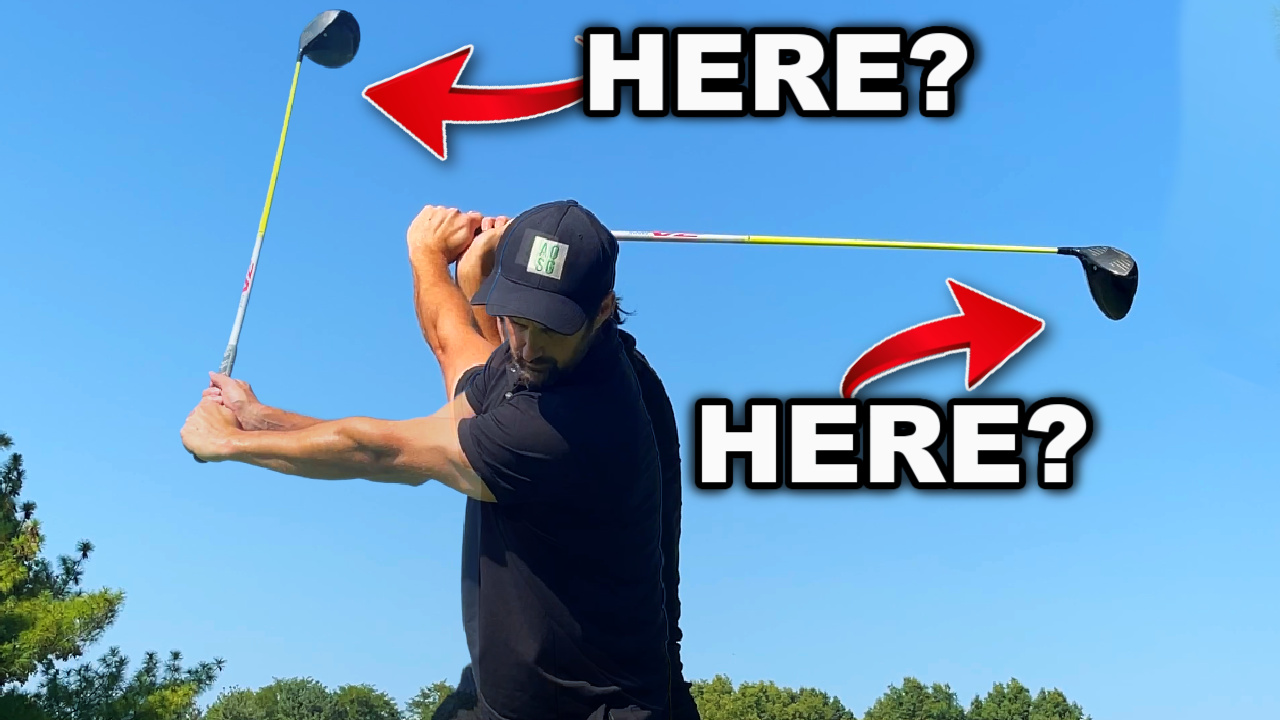
The Long Golf Swing: Power and Patience
Pros:
- Effortlessness: A long swing often embodies the vision of an effortless golf swing. With looser wrists and more freedom, you can harness a smooth, rhythmic motion.
- Greater Distance: By allowing more body motion, especially accommodating the hips and core, a long swing can translate to more power and distance on your shots.
Cons:
- Timing Challenges: Timing a longer swing can be more demanding, leading to inconsistency if your body isn’t moving in harmony.
- Risk of Overswinging: It’s crucial to avoid extending the arms disproportionately or overhinging the elbows, as this causes a disconnect, adversely affecting control and synchronization.
To swing longer while maintaining connection, imagine the back of your arms resting on your chest, allowing the triceps to lightly touch the top without squeezing the elbows. This promotes a balanced blend of connectivity with room for the freedom of your arms and wrists.
- Flare the feet out slightly.- Permit more movement in the hips.- Feel the weight of your arms for a longer, effortless swing.- Utilize the back foot's heel raise as a transition cue.The Short Golf Swing: Precision and Control
Pros:
- Enhanced Tempo: A shorter backswing often leads to better tempo and rhythm, crucial for consistent ball striking.
- Increased Control: By keeping the swing compact, golfers can achieve better control over their shots, which may be particularly beneficial under challenging conditions.
Cons:
- Tendency to Be Stabby: A short swing without proper mechanics can lead to a jerky, stab-like motion, impacting smoothness and distance.
- Potential Power Loss: Some golfers worry that a shorter swing will compromise their ability to hit the ball far. But this isn’t necessarily true when executed correctly.
To refine a short swing, ensure your setup supports the reduced motion. This involves a weight shift toward your leading side, providing a stable axis to rotate and hinge your swing. Soften your wrists and focus on the sensation of the club “floating” in transition.
- Shift more weight to the front side.- Turn the lead toe out a little.- Practice the floating arms sensation in transition.- Allow heel lift to facilitate sequence and timing.A Power Tip for Short Swings
Even with a compact swing, you can unleash impressive power. Practice with the driver by focusing on strong leg drive and keeping the arms extended and straight. This “power punch” move will prevent the body from stalling and help you maximize distance without the need to swing harder.
Test to Find Your Ideal Backswing Length
To determine the length that best suits you, try out both swings mentioned above and assess:
- Comfort and ease throughout the movement
- The synchronization of your body parts
- The resulting ball flight and overall shot quality
Consistency with your swing length is key. Use the feel test to understand what your body prefers. Whether it leans more towards patience and power or precision and control, your ideal backswing is the one you can execute with confidence and consistency.
Remember, golf is a game of personalization—one size does not fit all.
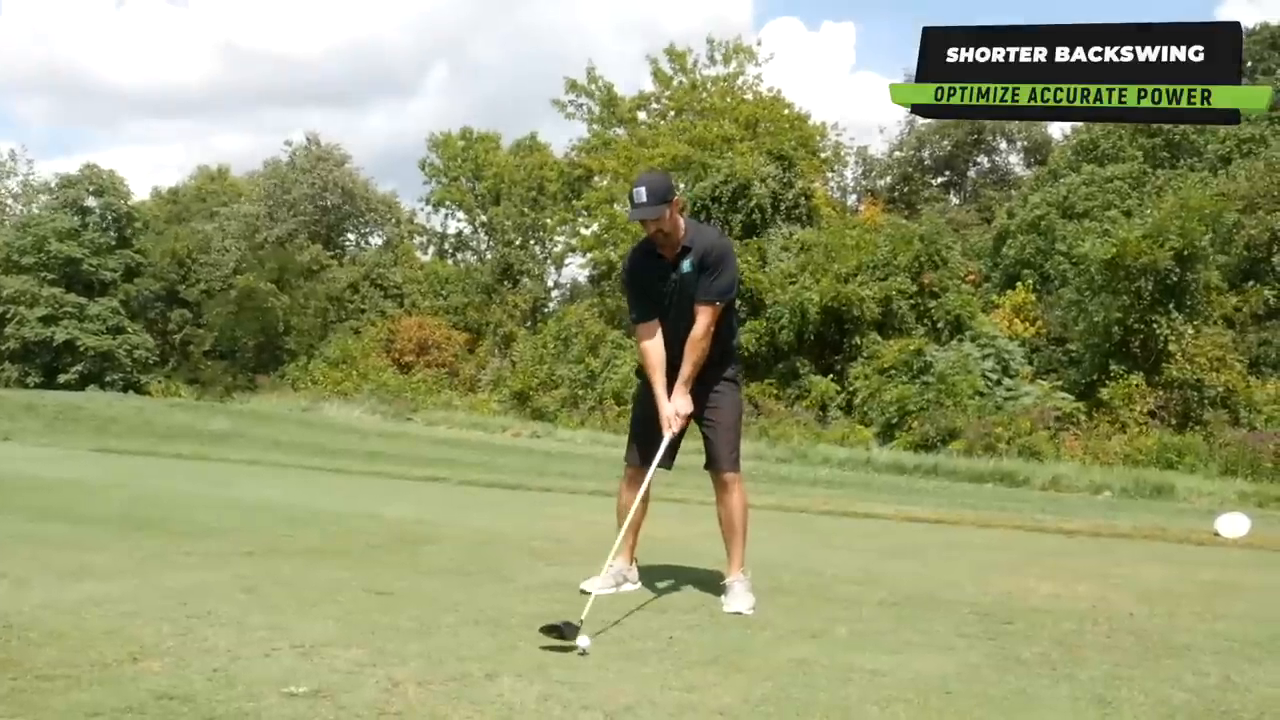
This exploration is not the be-all and end-all of swing advice but a starting point to tweak and find your groove. Take the next step and check out the accompanying lesson specifically designed to refine your backswing, be it long or short. We aim to simplify the intricate motions and help you progress your game to new heights, regardless of age or skill level.
I’d love to hear your questions or see how this advice works out on the course. So drop a comment below or share your experiences, and let’s keep the conversation going.
And don’t forget to capitalize on that 20% off your first MDrive order with the code SIMPLEGOLF. Head over to mdriveformen.com and check out their tailored supplements to keep you swinging strong.
See you at the next tee!
Blockquote: “Your ideal backswing is the one you can execute with confidence and consistency.”

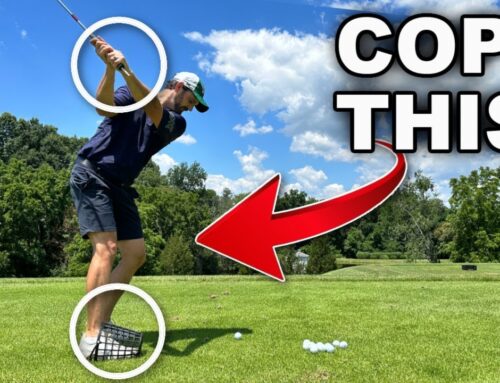
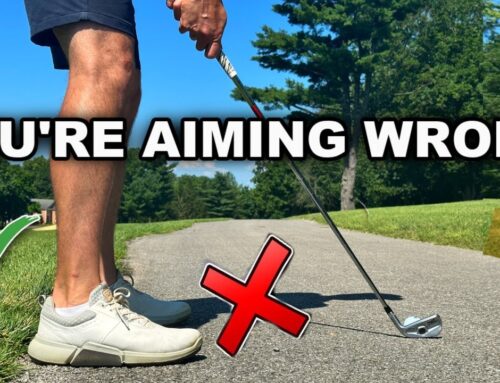
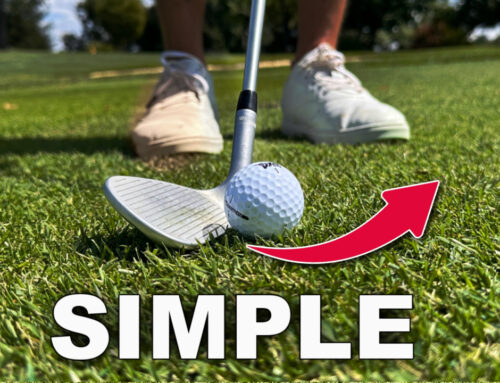

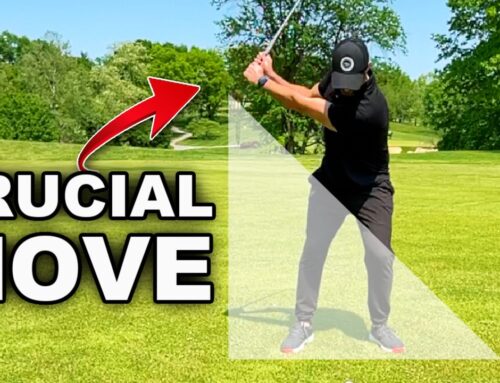
Leave A Comment